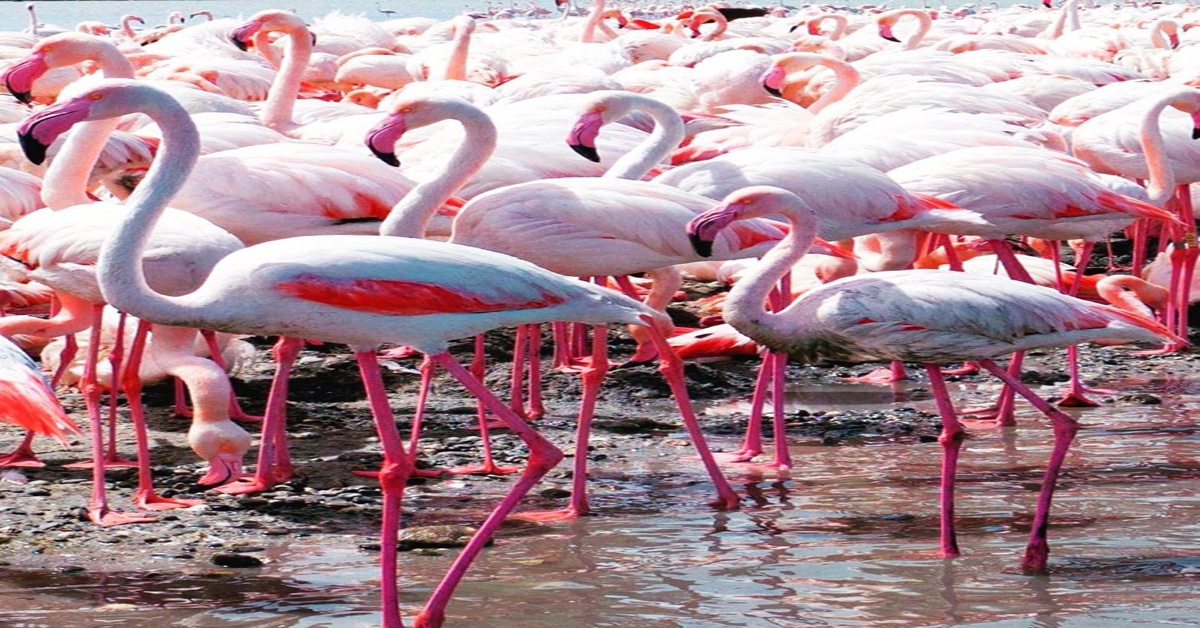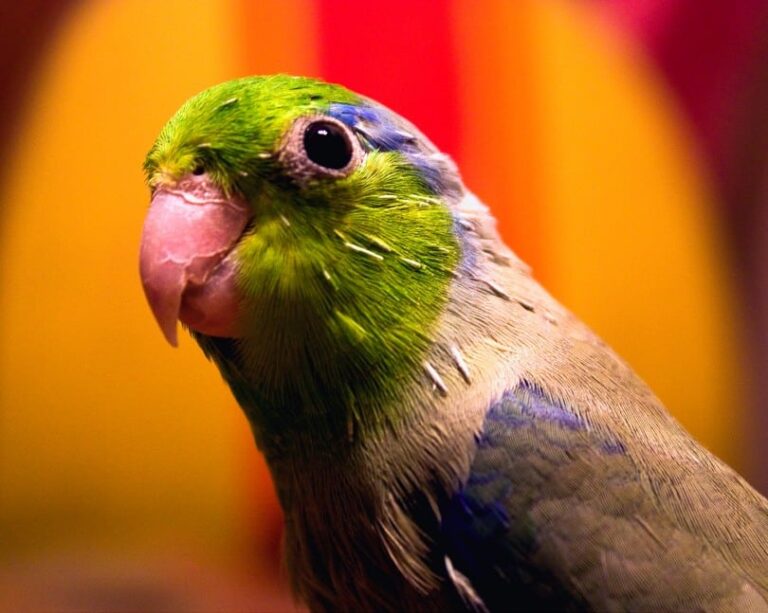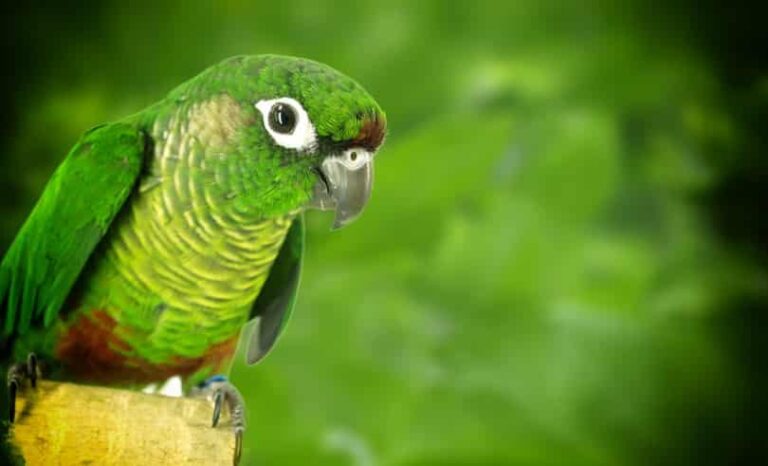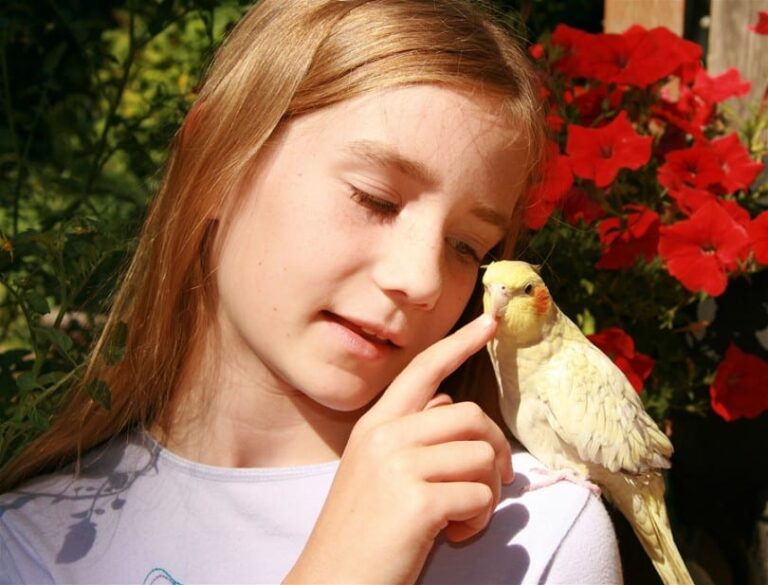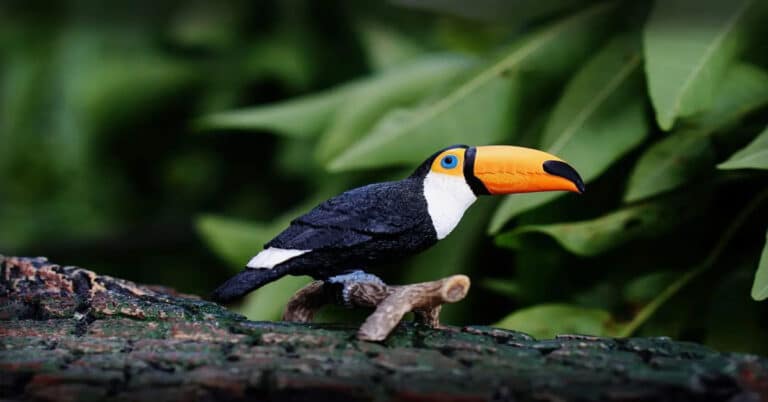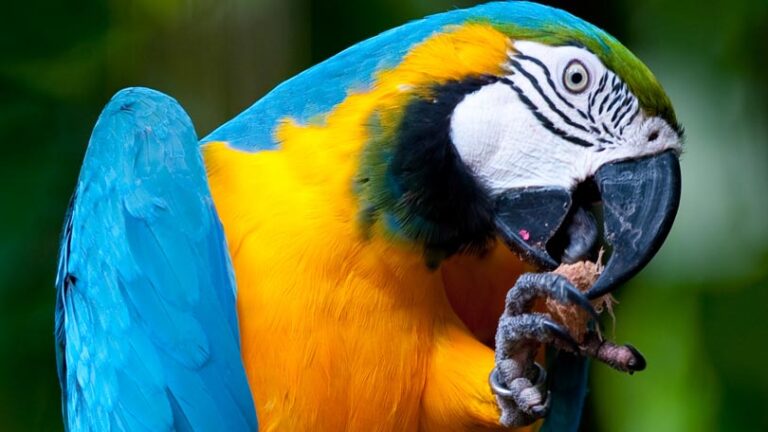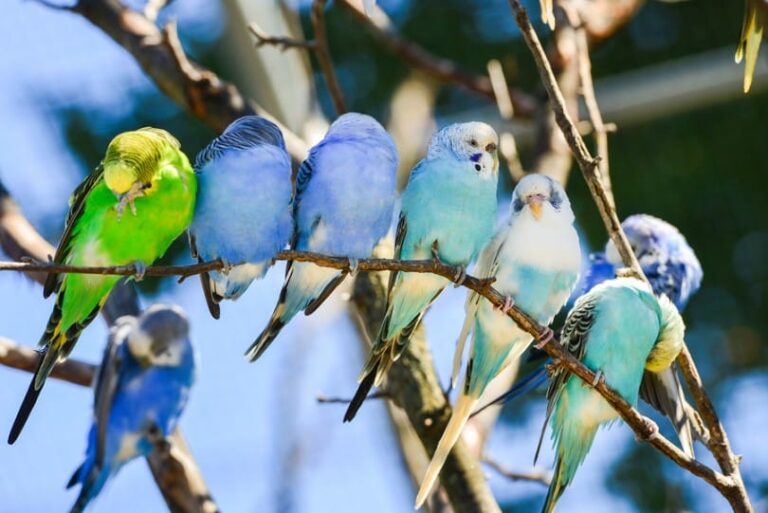What Do Flamingos Eat?
Flamingos are breathtaking creatures that are not only bizarre-looking but also have many unique qualities too. Their pink plumage, straw-like long legs, and long neck truly make them stand out in their beauty. Not only are they different from others in their beauty, but their eating habits are also unique and fascinating. But do you know what do flamingos eat?
If you’ve ever wondered what do flamingos eat, you should know that even though there are only six species of flamingo, their eating habits are mostly different from each other, and each of them is very interesting.
Biology of Flamingos
Before we review what do flamingos eat, let’s first take a brief look at the biology of flamingos. There are six species of flamingo, including Caribbean (American), Greater, lesser, Andean, Chilean, and Puna (James’s). The greater flamingo is the most widespread of all. They can be found all around the world. They are found in the Caribbean, Africa, the West Indies, the Middle East, Asia, and South America.
In most of the cases where we have seen flamingos, they are always either in the water or near the water. Mostly, they choose lakes or lagoons. They know they can’t get enough of it, and because of that, they are semi-aquatic wading birds. Birds live in flocks, and the number of them goes up to thousands. In order to keep the peace between each other, they have a lot of rules. For example, in water-rich places, they can interact, while in other locations, they must be quiet and by themselves. When eating, if another bird encounters them, they will be warned off.
Flamingos are fully mature between the ages of 3 and 5 years. However, it is impressive how long some of those birds can live. They can eventually live up to 30 years. If they are protected from predators and other threats, they can live to 50 years old too.
Flamingos love to stand and sleep on one leg, but we do not know why. There is a theory that this helps them conserve energy by keeping the foot near the body, away from the cold water.
How Baby Flamingos Are Fed?
When flamingos are born, they are not on a feasting diet right away. Instead of that, they eat the crop milk that adults produce. The crop is a digestive tract extension that is useful in storing food. Parents produce the “milk” in the back of their throats and then regurgitate it to their babies. Making the milk washes out the system of parent flamingos. Therefore, after the process, they look and feel very drab.
Have you ever wondered what do flamingos eat when they are just babies? The substance contains fats and proteins, which are essential for growth. Babies are fed from nine to thirteen weeks until they become adults. A very interesting fact is that flamingo milk is red in color, like blood.
It is interesting that both “parents” take care of the eggs and baby flamingos. Males produce the milk too. Mostly, there is only one egg laid, and it takes around 27-31 days to hatch. After they reach a certain age, they go into creches, where other birds take care of them. There, they learn how to eat and what to eat. After 70 days of hatching, they will turn into adult flamingos.
Food Preferences
Flamingos are omnivorous birds. That is, they filter everything they eat and will eat anything they come across in their habitats. All species eat red, blue, and green algae. In addition to that, they also eat meat. They love to eat shrimp, crabs, crayfish, mollusks, pawns, and many other water creatures. They only consume freshwater.
Most flamingos do not migrate. However, those who do only move short distances. In the winter, some colonies migrate to find food. After migration, they will eventually come across land that is not frozen and has an accessible water level. Their eating habits mainly do not change and remain similar, concentrating on algae and mollusks.
So, what do flamingos eat? The truth is that flamingos’ food preferences and eating habits vary among different species. However, algae are the mainstay of the diet. Some species prefer to eat more meat and fewer algae, and others vice versa.
Deep-keeled flamingos are more vegetarian and eat a very small amount of meat, while the shallow-keeled ones have a more carnivorous diet and eat more meat such as larvae, fish, shrimp, and others.
What Do Flamingos Eat Exactly?
Let’s now take a look at what do flamingos eat exactly:
- Algae
Algae is the main food in the flamingo’s diet. They contain the minerals, chemicals, and, most importantly, carotenoids that are essential for the bird’s health.
- Brine Shrimp
Shrimp is another great part of a flamingo’s diet. They are important because they are a source of protein. Brine shrimp also eat algae. So, they are also another source of carotenoids.
- Krill
Krill looks like a shrimp; it is also a crustacean and leaves in the water. However, krill are mainly in the seas and oceans, and flamingos are mostly in lakes and lagoons. If they come across it, they will eventually eat it, but it is rare.
- Plants
Flamingos will eat plants if they come across them. However, their body systems are not specialized for ripping or tearing the plant or leaf. If they find some in the mud, they have no problem eating it.
- Fish
Flamingos will eat fish if they are small enough. For example, greater flamingos are fish lovers.
- Crabs
Some species, like the greater, Chilean, and Caribbean flamingos, will eat crabs and shellfish. However, they will probably eat a very small amount.
- Frogs
Even though flamingos are meat-eaters, they will eat frogs only in very rare cases. They prefer much smaller creatures that are easier to digest and consume.
- Insects and fly larvae
The insects and larvae are often present on the water surface. That is where the flamingos love to look for food. So, if they come across insects or larvae, they will hoover them up with water and filter them later on.
The Eating Habits of Flamingos
However, the question is not only “what do flamingos eat?” It’s also “how do they eat whatever they eat?” Before flamingos start feeding, they stomp their feet in the water or mud. It helps them keep balance. Some species use their legs to stir up and release algae and other foods that are at the bottom. They are eating upside down and are facing their bodies. Their whole jaw structure is adapted to this kind of eating habit.
Those pink birds have a downward curve and a piston-like tongue, and they suck the water with structures that look like a comb. This helps them scoop water and pump it into the upper bills. Lesser flamingos can pump water 20 times in a second, while Caribbean flamingos can do it only four times.
In order to truly understand what do flamingos eat, you should know that they are filter feeders. This means that they have an internal filtering system that strains small prey such as algae and diatoms. They put the topsy-turvy head in the water, then shake it side to side and use their tongue as a “straw” to suck water and food.
Typically, flamingos spend hours in the filtering process. But it is surprising that they will not require a large amount of food. For example, lesser flamingos will only consume two dry ounces a day. Because they are mainly “hunting” in salty waters, they will consume a lot of freshwater. An average flamingo can drink gallons of water a day.
Even though they live normally in shallow and salty waters, some can live in very pungent waterways too. In that kind of water, the percentage of carbonated salts is high.
Their eating habits are actually their protective gear from predators. Because they feed primarily on water, most of the animals are unable to access it for much of the year. For example, in Tanzania, Lake Natron and Kenya’s Lake Bogoria are toxic and have a high salinity level that can burn the skin. However, the flamingo’s scaly straw-like legs help them feed in those conditions.
Because flamingos are distinct birds, even if there are multiple species in the same habitat, they have no problem living with each other and do not have to compete for dinner.
What Do Pink-Feathered Flamingos Eat?
The word “flamingo” has Spanish roots and translates as “flame-colored.” Flamingos have very beautiful pink and red plumage. Did you know that the color is given according to what do flamingos eat? If we look closer, we notice that they only develop it in the transformation stage to adulthood. Adult flamingos are white or gray. The pink color comes from the alpha and beta carotenoid pigments. Those pigments come mainly from algae and invertebrates. After the liver breaks them down, the pigment gets absorbed into the skin and gives it a pinkish color.
Some flamingos have more red coloration, and some are more pinkish. This is determined by the fact that algae in some regions have higher concentrations of carotenoids than others. Pink flamingos eat more algae and less meat. For example, American flamingos are vibrant pink in color because of their diet being algae-rich.
The brighter the color is, the healthier the flamingo is considered because it means that they have a rich diet. Colorful feathers and bright colors help them attract mates.
Bottom Line
So, what do flamingos eat? Whether it’s plants, fish, crabs, or frogs, it’s obvious that their uniqueness is mainly determined by their eating habits. Thanks to those chemicals in the algae and shrimp, they are breathtaking to see because of their beautiful pinkish-red color. Even though there are only six species of flamingo, they each have unique characteristics and differ from one another.
Hopefully, you find this article about what do flamingos eat useful. In the end, one thing is for sure: flamingos truly are awe-inspiring creatures. Just by looking at them, the mind calms, and the only thing we may want to do is stare at them endlessly.

Nato is a content writer and researcher with a background in psychology who’s eager to explore the wonders of nature. As a travel enthusiast and animal lover, she hopes to inspire others to discover and cherish the beauty and importance of the natural world.

